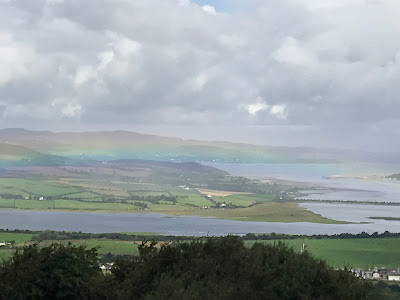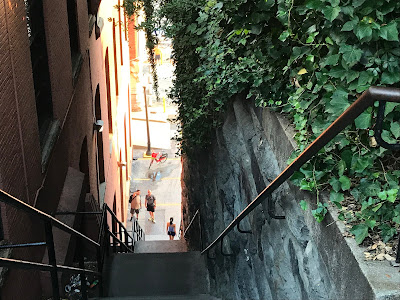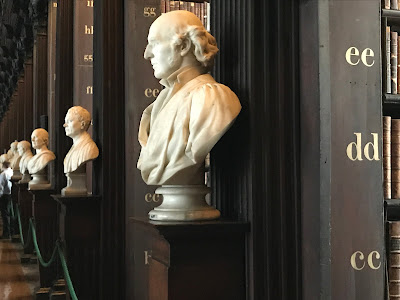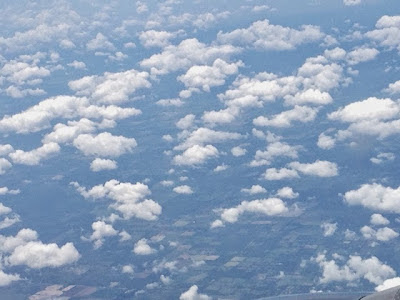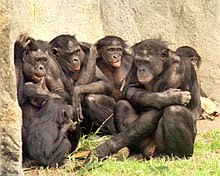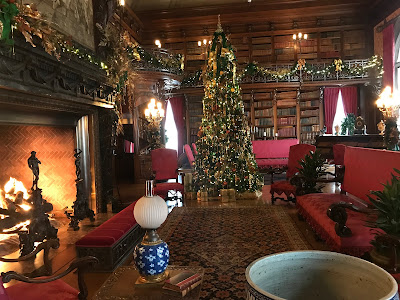Thin Places
I picked it up from the library’s new nonfiction section, intrigued by the title: Thin Places: A Natural History of Healing and Home. I wasn’t disappointed. Keri ní Dochartaigh’s memoir is a cry of pain, a poetic rendering of human suffering, as she turns her personal experience of Ireland’s “troubles” into a love song for white moths, ocean swims and her damaged island home.
With a Catholic mother and a Protestant father, Dochartaigh didn’t belong anywhere, a truth that became even clearer after her childhood home was firebombed. She never felt safe growing up, and the grief she carried as an adult almost drove her to suicide.
But Dochartaigh found solace in the very place that wounded her. After leaving Ireland as a young adult, she feels called to return to her hometown of Derry, arriving just as Brexit is threatening a hard-won peace.
Dochartaigh takes comfort in the natural world. “There are still places on this earth that sing of all that came and left, of all that is still here and of all that is yet to come. Places that have been touched, warmed, by the presence of something.”
The thin places she finds hold her, hollow and hallow her. She finds in them a reason to go on.
